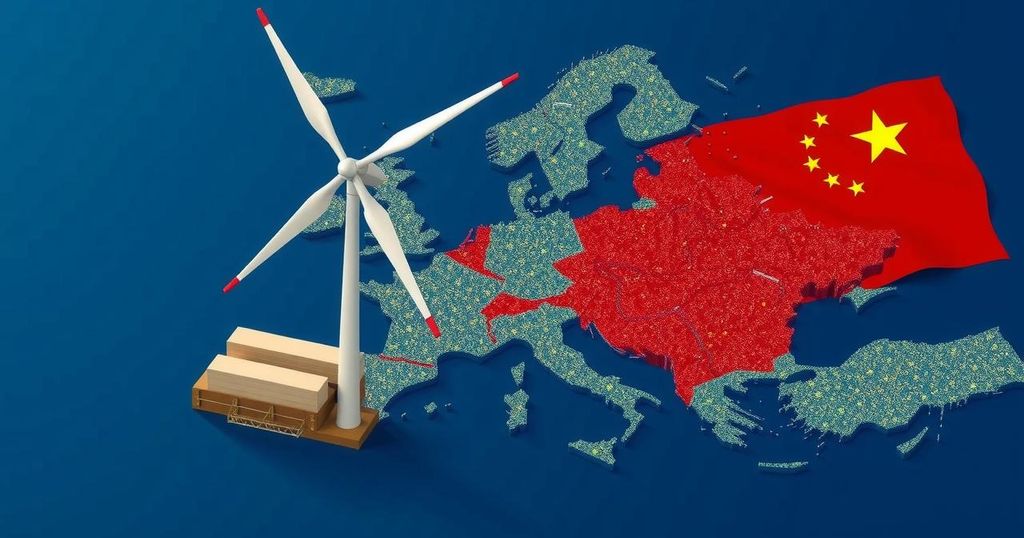The International Energy Agency suggests that the recent spike in Chinese wind turbine exports to Europe is likely temporary. Reasons include market dynamics and geopolitical tensions that might affect the sustainability of growth in this sector. As Europe accelerates its energy transition, the implications of this reliance on Chinese imports need careful consideration.
Recent data indicates a notable uptick in the export of Chinese wind turbines to Europe, sparking discussions about the potential impact on the renewable energy landscape. However, according to the International Energy Agency (IEA), this surge is expected to be a fleeting phenomenon rather than a sustainable trend. The IEA attributes this spike to temporary market dynamics and anticipates that underlying factors such as supply chain disruptions and geopolitical tensions will soon temper this growth. As European nations continue to shift toward greener energy alternatives amid increasing urgency for climate action, the reliance on Chinese exporters presents both opportunities and risks. The IEA’s insights prompt industry stakeholders to ponder whether alternative domestic production could safeguard against unpredictable market fluctuations.
The global pivot toward renewable energy has intensified competition in the wind turbine market, particularly between Chinese manufacturers and European buyers. With Europe accelerating its energy transition initiatives, there has been a recent influx of Chinese turbine exports in response to soaring demand for renewable technologies. Nevertheless, the complexity of international trade relations, alongside challenges faced by manufacturers from logistical to political strife, casts a shadow over the future sustainability of this import boom. Understanding these underlying conditions provides crucial context for predicting the longevity of the current surge.
In summary, while the increase in Chinese wind turbine exports to Europe highlights a moment of economic opportunity within the renewable sector, the IEA warns that this rise may be short-lived. Stakeholders will need to navigate the intricate interplay of market forces and geopolitical realities that could shape the future of turbine supply and the broader renewable energy agenda.
Original Source: www.rechargenews.com

Leave a Reply